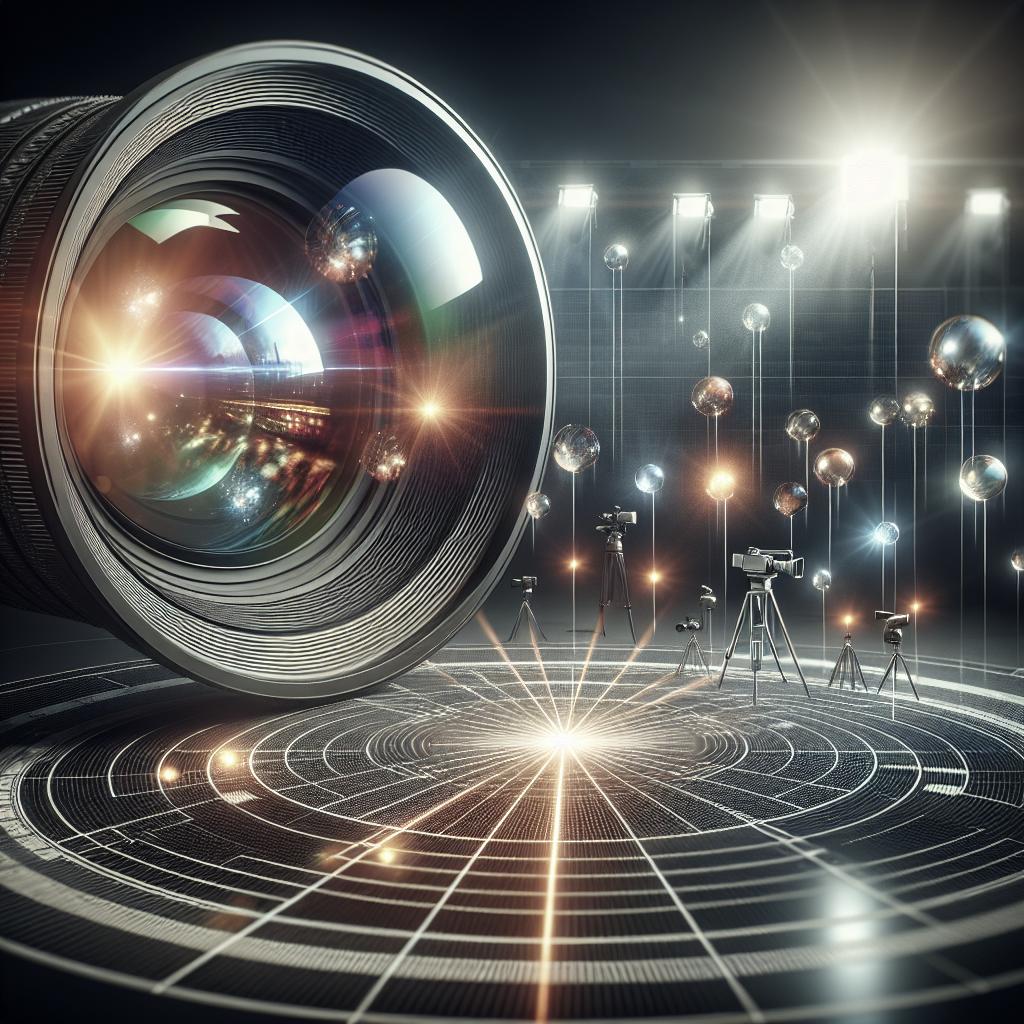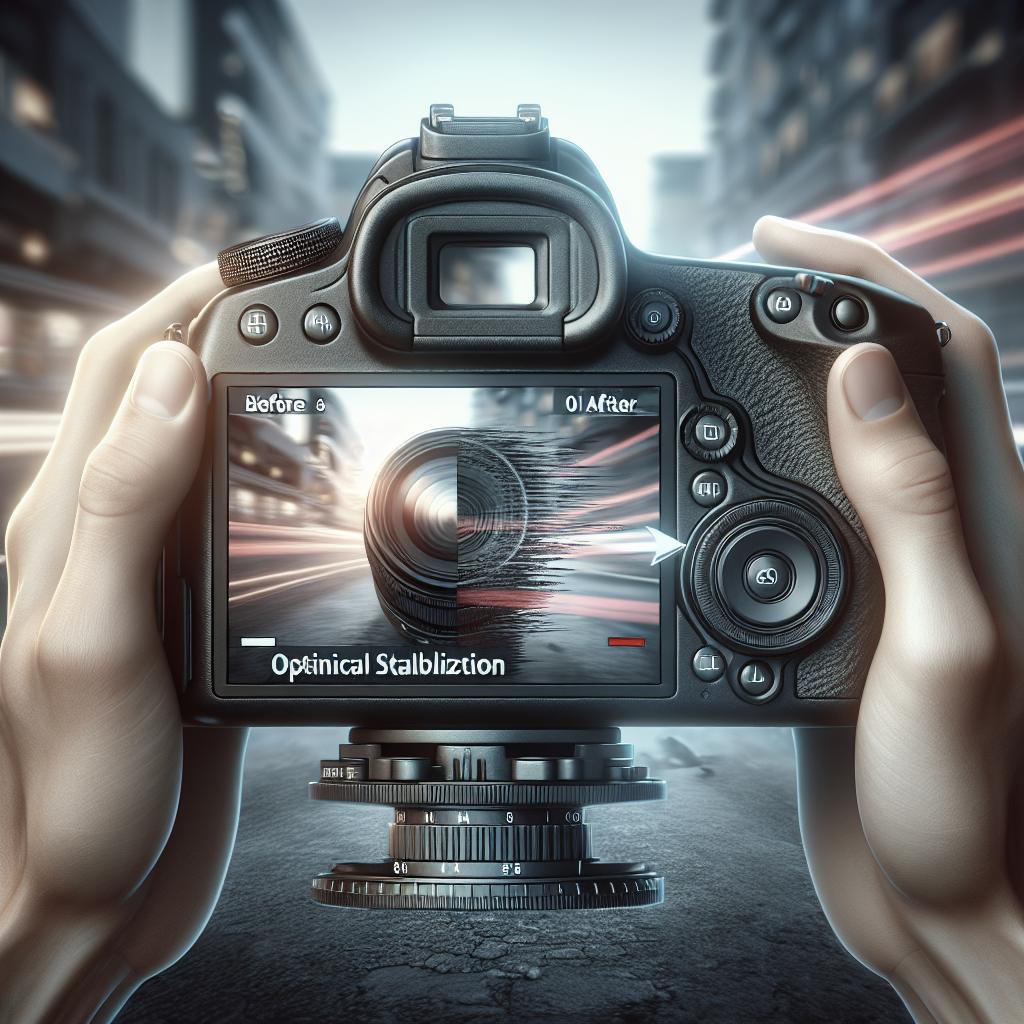“`html
How Can Anamorphic Lenses Change Video Aesthetics?
Anamorphic lenses have long intrigued filmmakers and videographers with their unique ability to alter the aesthetics of video content. Initially popularized in the mid-20th century, these lenses are known for their characteristic widescreen look, which imparts a cinematic quality to any footage. This article explores the workings of anamorphic lenses, their impact on video aesthetics, and whether they could be the key to unlocking a new level of creativity in your projects. From understanding aspect ratios to exploring the various types of anamorphic lenses available today, this detailed guide covers the artisanal charm and advanced technology behind the anamorphic allure.
Watch: What is an Anamorphic Lens?
Before delving further into the subject, a basic understanding of what defines an anamorphic lens is essential. At the core, anamorphic lenses are specially designed optical devices that distort the image to allow for a wider field of view. Through this technique, filmmakers can capture wide-format images onto standard-size film or sensor media.
The unique visuals created by anamorphic lenses include peculiar lens flares, oval bokeh effects, and exaggerated depth of field. These dramatic visual cues have become synonymous with cinematic fun, leveraging the viewer’s emotional connection to film. Understanding these elements can open up new perspectives in video production and inspire novice and seasoned filmmakers to explore anamorphic possibilities.
WHAT IS an anamorphic lens?
Anamorphic lens definition
An anamorphic lens primarily refers to a type of camera lens that captures a wide field of view and projects it onto a narrower film or sensor, horizontally compressing the image. This compression is later expanded in post-production to create a widescreen effect. The technique derives from the Greek words “ana,” meaning back, and “morphē,” meaning shape, referring to how these lenses reshape the image.
This characteristic reshaping leads to unique distortions and aesthetics, giving the footage a distinct look that is often described as being more “cinematic” compared to footage captured with conventional lenses. The properties are particularly noticeable in the characteristic horizontal lens flares and the soft, shallow focus in the background, known as bokeh.
anamorphic lens DEFINITION
What is an anamorphic lens?
The anamorphic process is engineered around optically squeezing a wider image onto the camera’s recording medium—be it digital sensors or traditional film. This squeeze is intricate, marrying optical engineering with artistic intent. It plays into the very physiology of how we consume visual content by mimicking the panoramic vision that mirrors human eyesight.
This aspect sets anamorphic lenses apart from traditional spherical lenses, which record images with little to no horizontal compression. The subsequent unsqueezing or expansion of the image in post-production at the correct aspect ratio allows for the widescreen viewing experience that many audiences find immersive.
WHAT IS anamorphic lens?
The rise of widescreen
The transition to widescreen formats during the 20th century was spurred largely by the race to differentiate cinematic experiences from the burgeoning popularity of television. Enteranamorphic lenses. By taking advantage of these lenses, filmmakers could create panoramic widescreen formats that television could not replicate.
This innovation led to the rise of various film formats like CinemaScope, which played integral roles in popularizing anamorphic lenses and paving the way for the modern movie-going experience. The anthropomorphic nature of anamorphic imagery made films irresistibly lifelike and expanded storytelling possibilities, immersing audiences in a broader, visually engaging narrative field.
ASPECT RATIO DEFINITION
What is an aspect ratio?
The aspect ratio of an image is the ratio of its width to its height. In the realm of video and film, it dictates how a visual narrative is framed, essentially influencing the entire cinematic composition. A standard television aspect ratio is 4:3, while widescreen formats used in cinemas are usually 16:9 or wider, like 2.35:1—often achieved using anamorphic lenses.
By converting a film’s visual design to differ aspect ratios, filmmakers can evoke specific emotions, heighten drama, and draw viewer focus to particular image areas. Anamorphic lenses facilitate these diverse storytelling techniques, allowing more expansive and dramatic visual narratives.
MOVIES GO WIDE
Introducing the anamorphic camera lens
The concept of anamorphic lenses was aimed initially at making the cinematic experience different from watching TV. The wider, more immersive screen experience brought along by anamorphic technology captivated theatre audiences, enhancing the film’s emotional and visual impact.
Armed with anamorphic lenses, directors, and cinematographers elevated their storytelling by embracing elongated visual fields, maintaining maximal resolution, and enhancing image quality. It contributed significantly to pushing the boundaries of cinematic artistry by the mid-20th century when movies truly transitioned to widescreen formats.
Free downloadable bonus
FREE Download
Camera Lenses Explained
Are you curious to understand more about different camera lenses and their roles in storytelling? Don’t miss out on our free downloadable guide, “Camera Lenses Explained.” This comprehensive resource breaks down the basics of various lens types and their applications in cinematography, with tips and tricks to help you up your filmmaking game.
Anamorphic types
Different types of anamorphic lenses
Anamorphic lenses come in various types and designs, each affecting the cinematic look differently. Key categories include cylindrical anamorphic lenses, which are simpler and more affordable, and oval aperture lenses, which are usually more expensive and production-focused, prized for creating intense lens flares and pleasing oval bokeh.
Recent advancements have introduced hybrid lenses, combining anamorphic characteristics with spherical optical engineering to offer a faster shooting experience and curated flare control. Some cinematographers even employ DIY anamorphic attachments for the budget-friendly alternative or unique stylistic choices.
anamorphic lens examples
The anamorphic look
The “anamorphic look” is oftentimes exemplified in films through stylized lens flares, oval-shaped bokeh, horizontal streaks across frames, and artfully planned distortion. Iconic examples include J.J. Abrams’ Star Trek reboots and Christopher Nolan’s Interstellar, which showcase elaborate use of anamorphic lenses to heighten the sci-fi personas of these films.
Beyond feature films, independent filmmakers have also adopted this look to enhance storytelling quality in music videos, web series, and shorts. Anamorphic lenses have become a hallmark for visual storytelling that aspires to enmesh the audience through expansive visual engagement.
Anamorphic Lenses Today
CinemaScope’s legacy
Today, the legacy of CinemaScope and anamorphic lenses continues to thrive as filmmakers leverage their aesthetic for dynamic storytelling. The romanticization of these lenses’ visual outputs extends beyond the big screen, with digital platforms and even smartphones adapting anamorphic techniques to elevate content production and consumption.
Contemporary filmmakers like Wes Anderson and Quentin Tarantino are pioneers in reviving the use of anamorphic imagery in their works—often brilliantly weaving it to harmonize with their unique storytelling styles and thematic concepts.
Anamorphic vs Spherical
Should you shoot anamorphic?
The decision to shoot with anamorphic versus spherical lenses largely depends on the desired aesthetic, budget, and technical requirements of a project. Anamorphic lenses bring a distinct look that communicates a certain level of drama and immersion. Still, they also require complex post-production techniques and a potentially higher budget.
Aspiring filmmakers should weigh the advantages of widescreen storytelling against the practicality and resources available. With digital tools and software, achieving an anamorphic look has become more accessible, allowing filmmakers greater versatility in choosing their narrative canvas.
The Anamorphic Lens Look
How to shoot anamorphic
Shooting anamorphic involves careful planning from pre-production through post-production. Understanding your lens’ capabilities and constraints, such as minimum focusing distance, flare characteristics, and distortion potential, is vital. It demands a certain finesse in camerawork, oftentimes inviting unique approaches to lighting, composition, and framing.
In post-production, filmmakers need to be proficient with software that can correctly “de-squeeze” the footage to realize that coveted widescreen aesthetic. Knowledge of editing, cropping, and mastering widescreen formats is essential for accurate and compelling anamorphic storytelling.
Free downloadable bonus
FREE Download
Camera Lenses Explained
For a more in-depth exploration of different camera lenses, their uses, and how to make them work for your creative expression, download our free guide, “Camera Lenses Explained.” The guide is an excellent stepping stone to becoming not only a competent but avant-garde filmmaker.
UP NEXT
Different types of camera lenses
As you delve deeper into the world of cinematography, exploring different types of camera lenses and how they can transform your visual narrative will significantly enhance your storytelling prowess. Each lens aids in expressing the tone and mood of a project uniquely.
Understanding camera lenses beyond anamorphic, like fisheye, macro, and tilt-shift lenses, provides filmmakers the creative license to tailor-fit their stories to a variety of visual pallets. These lenses together form an arsenal for any passionate filmmaker aiming to broaden their creative horizon.
Showcase your vision with elegant shot lists and storyboards.
Bringing your cinematic ideas to life involves meticulous pre-production planning. One way to hit the ground running is by crafting detailed shot lists and storyboards, efficiently mapping your scene’s course from each frame to sequences.
By merging the capabilities of anamorphic lenses with a well-organized visual plan, you can elevate your storytelling to new artistic heights, creating captivating and visually immersive experiences for your audience.
Future Prospects
| Aspect | Details |
|---|---|
| Anamorphic Lens Definition | Anamorphic lenses compress a wide image onto a narrower media to later unfold into widescreen format, creating distinctive cinematographic effects. |
| The Rise of Widescreen | Adopted for their capacity to deliver a memorable cinematic experience, allowing broader visual narratives. |
| Aspect Ratio | Defines the image’s width-to-height ratio, critical in framing and cinematic storytelling. |
| Anamorphic vs. Spherical | Shooting choice between anamorphic or spherical depends on aesthetic preference, budget, and project requirements. |
| Anamorphic Lens Aesthetics | Characterized by horizontal lens flares, oval bokeh, creating immersive, dramatic visuals. |
| Today’s Use | Anamorphic lenses see continued robust usage across different production scales, from indie films to blockbusters. |
“`


